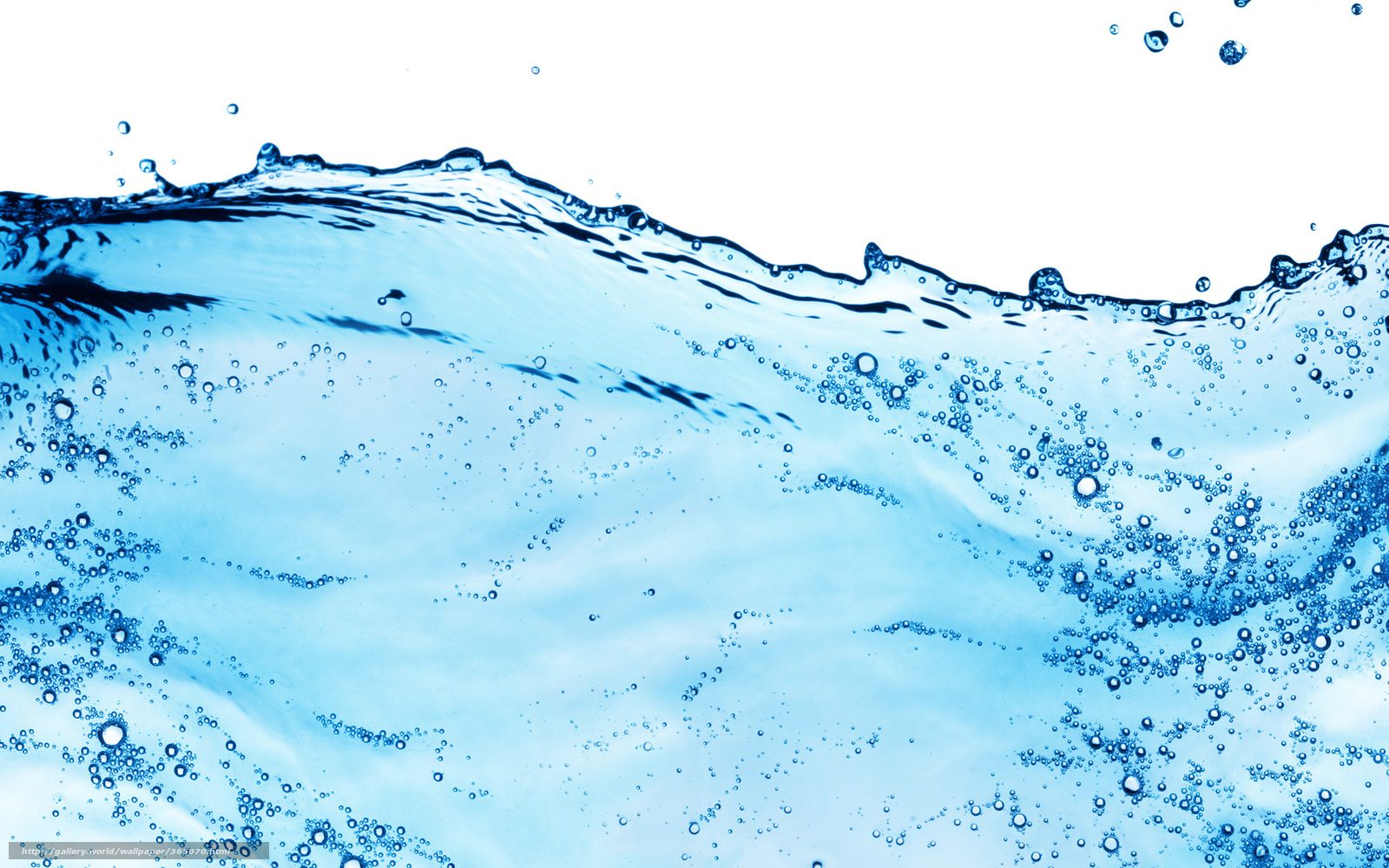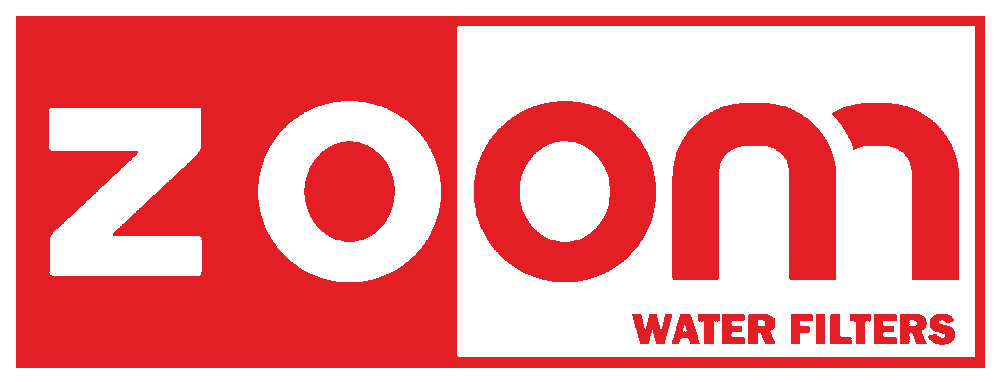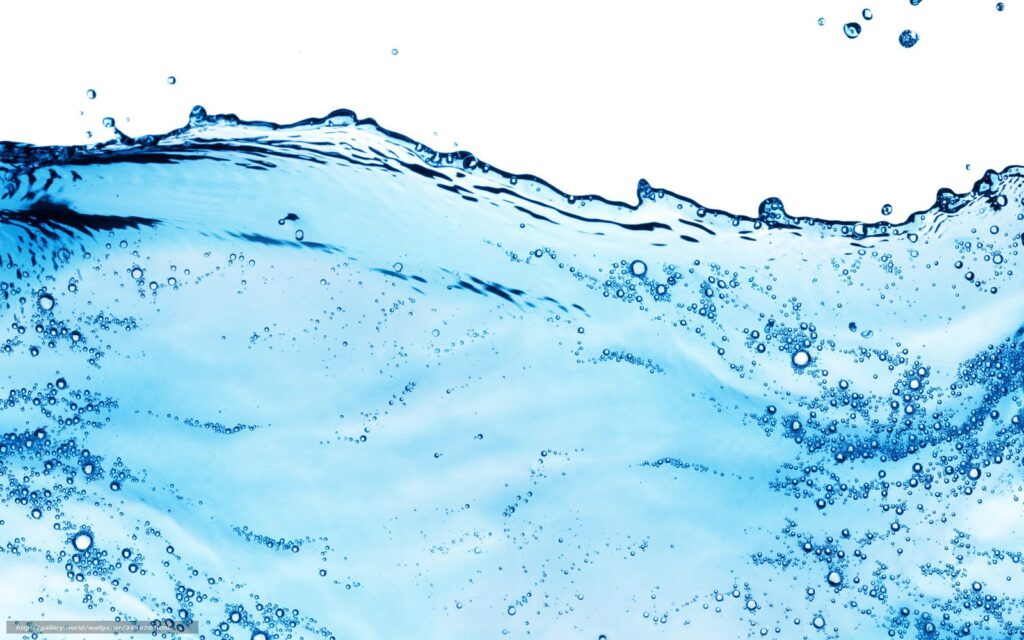water filter
Between Science and Thermal Technology: How Modern Technology Ensures Pure Water at Home to Protect Your Health and Save Your Money
Modern Water Purification, Introduction: Why Has Pure Water Become an Urgent Necessity?
Modern Water Purification, In an era where environmental and health crises intertwine, water can no longer be seen as a universally safe and accessible resource. The water that reaches our homes today, despite its clear appearance, may conceal invisible contaminants capable of causing serious health issues. From bacteria and viruses to organic particles and heavy metals, the threat of water pollution now lurks in every household.
Chronic and acute diseases linked to water quality are on the rise: from kidney stones and liver issues to gastrointestinal infections and weakened immunity. With healthcare costs skyrocketing, there’s a growing need to take preventive action at the source: purifying household water.
Economic savings also play a major role. It’s common for families to spend hundreds of riyals monthly on bottled water, which is not necessarily higher in quality than water treated through an efficient home purification system.
This article is not a sales pitch—it’s a science- and logic-based appeal grounded in public health awareness. We’ll take you on a simple journey to understand how science and technology—especially thermal techniques—can ensure clean, safe water for your home without draining your finances.
Let’s begin with the basics: How does science purify water?
—
2. The Science of Water Purification: How Does It Work?
Modern Water Purification is not magic—it’s a precise science based on understanding the composition of water and its potential contaminants. Tap water commonly contains:
Solid impurities (sand, rust, clay)
Microorganisms like bacteria, viruses, and parasites
Chemicals such as chlorine and heavy metals (lead, mercury)
Excess minerals like calcium and magnesium
Thus, purification involves multiple stages, each targeting specific contaminants. Common stages include:
Mechanical filtration – removes solid particles
Carbon filtration – eliminates chlorine and organic materials
Reverse Osmosis (RO) – separates salts and heavy metals
Ultraviolet (UV) treatment – kills bacteria and viruses
Thermal treatment – methods like boiling or distillation remove residual contaminants
These stages may be integrated into a single device or performed sequentially depending on the system.
—
3. Thermal Technologies in Water Purification: From Boiling to Advanced Distillation
Thermal technology is one of the oldest and still most reliable methods of purifying water.
Boiling kills germs and bacteria, though it does not eliminate salts or heavy metals.
Distillation involves evaporating water and then condensing it, effectively separating pure water from almost all contaminants.
Modern systems have miniaturized these thermal methods for home use. Today’s household distillers:
Require no chemicals
Remove nearly all types of pollutants
Are easy to operate and maintain
However, they typically consume more energy than other methods, making them ideal when paired with renewable energy sources or in situations where ultra-pure water is needed.
—
4. The Latest in Home Water Purification Technology: Unprecedented Advancements
Recent years have seen an explosion in smart, efficient home purification systems. Notable innovations include:
Multi-stage RO systems – remove up to 99% of contaminants
AI-integrated filters – automatically detect water quality and optimize performance
Sensor-enabled units – notify users when filter performance drops or replacement is needed
These modern systems also prioritize:
Easy installation
Energy efficiency
Reduced wastewater output
—
5. Your Health in a Glass: The Real Impact of Clean Water
It’s no exaggeration to say pure water is nature’s first medicine. Scientific studies have shown:
Lower risk of kidney stones from low-sodium pure water
Fewer stomach illnesses caused by microbes and parasites
Improved skin and immune system function
Children and pregnant women are particularly vulnerable to waterborne contaminants, reinforcing the value of home filtration.
—
6. The Economic Angle: Clean Water Doesn’t Cost You—It Saves You
Buying a purification system may seem expensive at first—but let’s do the math:
A family of five consumes about 6 bottles of water daily.
At 0.3 riyals per bottle, that’s 1.8 riyals/day × 30 days = 54 riyals/month.
Annually: 648 riyals
In contrast, a high-quality RO system with basic maintenance costs 300–400 riyals per year.
Add to this the savings on medical bills and fewer checkups caused by contaminated water—clean water quickly pays for itself.
—
7. Real-World Studies: How Technology Changed Lives
Family in Muscat: The father and eldest son had recurring kidney issues. After installing a complete RO system, inflammation decreased and health indicators improved within months.
Housewife in Sohar: She used to spend 60 riyals monthly on bottled water. After installing a home system, her monthly water cost dropped to just 5 riyals in maintenance.
—
8. Practical Steps to Choose the Right System
Test your water: Is it salty? Cloudy? Does it smell?
Know your family’s needs: Number of members, daily consumption
Choose the right technology:
Chlorinated or bad-tasting water? Use carbon filters.
Salty water? Use RO systems.
Want maximum purity? Add UV or distillation units.
—
9. Water Purification: A Future Necessity, Not a Luxury
With global water issues worsening, purification is evolving from a luxury to a necessity. Governments are enforcing stricter quality standards, but responsibility starts at home.
Neglecting water quality is no different than ignoring food or medicine—it directly affects health.
—
10. Conclusion: Pure Water Is a Wise Decision—For Your Health and Your Wallet
Clean water is the foundation of a healthy life and a balanced home economy. Don’t wait for health issues or rising costs to force your hand—choose the right system today.
A small decision now can prevent major consequences later.
Your health is priceless—start protecting it with every drop.



 العربية
العربية